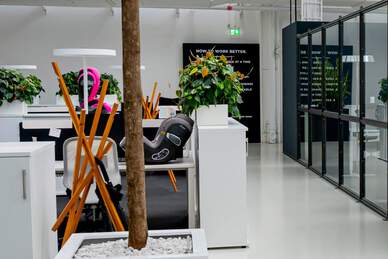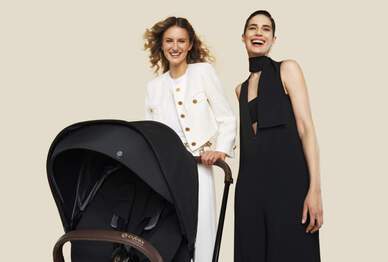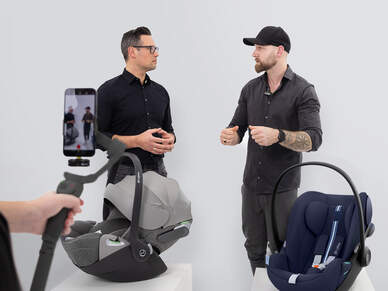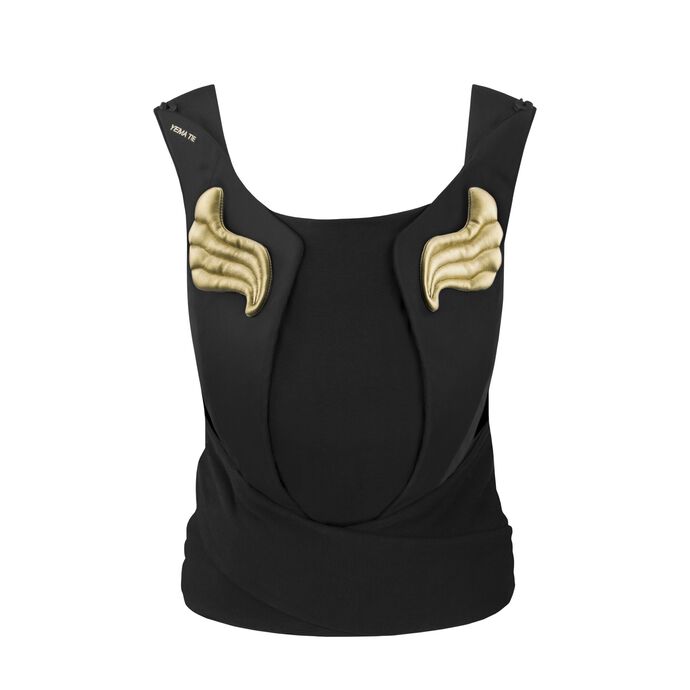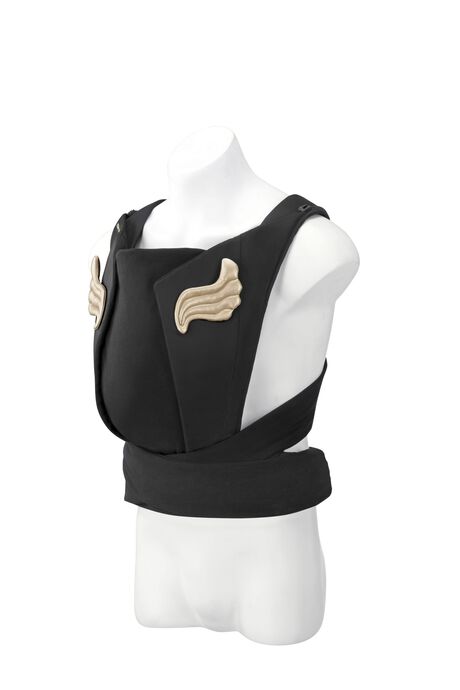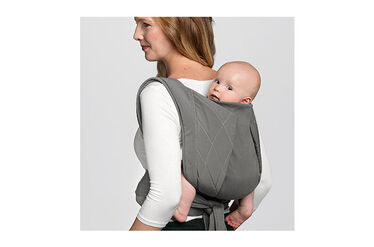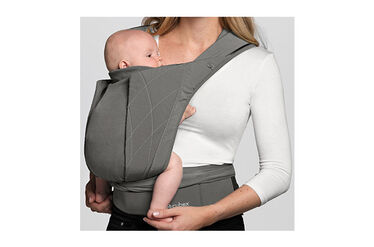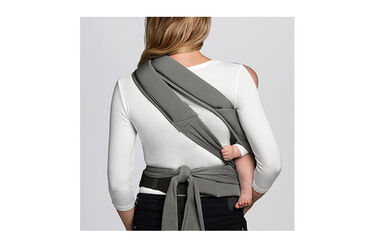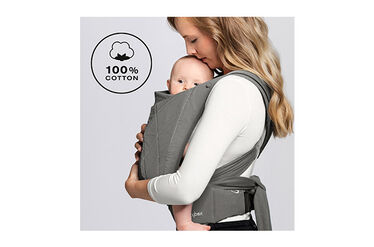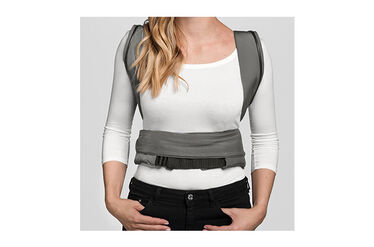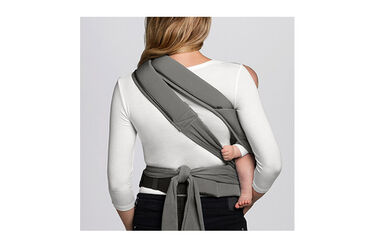
YEMA.tie
Awards
Product Details
Inspired by the artistic drapery of international fashion designers, YEMA not only sets new standards in functionality, but this carrier collection genuinely catches the eye while hidden functions focus attention on the design.
Highlights:
- 3 carrying positions: front, back, hip facing
Ergonomical Carrying
The Yema.Tie from the CYBEX Platinum range is a new generation of fashionable baby carrier, expertly combining ergonomics and comfort with quality you can count on. The smart lining fabric is diagonally elastic to offer optimum support for the baby’s naturally rounded back and head and will expand to fit different sized children. The seat panel along with the 2-position headrest can be adjusted, so the carrier can grow as the child grows (from birth up to toddler (approx. 3.5 - 15 kg)). All of these features help promote an ergonomic, natural spreadsquat position recommended by medical professionals and carrying consultancies.
Tech Specs:
- Panel height 340 mm / Panel width 200 - 420 mm
- Waist belt length 670 - 1480 mm
Functions:
- Multi-functional head and neck support
- Ergonomic seating with adjustable panel
- Comfortably padded shoulder straps
- Iconic and decorative wings
- 100% wrap-like cotton for back support
- Soft padded waist belt
- Easy and intuitive fit for parents of all sizes
- 3 carrying positions
Care Instructions:
- Fabric covers machine washable at 30°
Material Composition:
Lining: 100% cotton; Outer: 100% polyester.
Lining: 100% cotton; Outer wings: 100% PU leather. (Yema.tie Stardust Black)
Features
Measurements
- Height Backpanel
- 360 mm
- Width Backpanel
- 400 mm
- Waistbelt Length
- 670 – 1480 mm

What is included?
- Yema Tie Baby Carrier
- User Guide
Downloads
Use the smileys to give us feedback and help us continuously improve your shopping experience.
